Jaana Laiho,Achim Wacker,Toma Novosad0471486531, 9780471486534
Table of contents :
Contents……Page 7
Preface……Page 13
Acknowledgements……Page 15
Abbreviations……Page 17
1.1 A Brief Look at Cellular History……Page 29
1.2 Introduction to Radio Network Planning and Optimisation for UMTS……Page 30
1.3 Future Trends……Page 34
2.1.1 Multiple Access……Page 37
2.1.2 Spread Spectrum Modulation……Page 38
2.1.3 Tolerance to Narrowband Interference……Page 39
2.2.1 Modulation Example……Page 40
2.2.2 Tolerance to Wideband Interference……Page 42
2.2.3 Operation in Multipath Environments……Page 43
2.3.2 Soft Handover……Page 44
2.3.3 Power Control……Page 45
2.4.1 High-Level UMTS Architecture Model……Page 46
2.4.2 Radio Interface Protocol Architecture and Logical Channels……Page 47
2.4.3 Transport Channels……Page 54
2.4.4 Physical Channels and Mapping of Transport Channels (FDD)……Page 62
2.4.5 Timing and Synchronisation in UTRAN (FDD)……Page 76
2.4.6 Spreading, Scrambling and Channelisation Concepts……Page 79
2.5.1 Definitions……Page 85
2.5.2 Classification According to Multipath Channel Conditions and Services……Page 89
2.5.3 Link-Level Simulation Principles……Page 93
2.5.4 Physical Layer Measurements Supporting the Measurement of Link-Level Performance in a Live Network……Page 98
References……Page 100
3 WCDMA Radio Network Planning……Page 103
3.1 Dimensioning……Page 104
3.1.1 WCDMA-Specific Issues in the Radio Link Budgets……Page 105
3.1.3 Shadowing Margin and Soft Handover Gain Estimation……Page 108
3.1.4 Cell Range and Cell Coverage Area Estimation……Page 109
3.1.6 RNC Dimensioning……Page 111
3.2 Detailed Planning……Page 115
3.2.1 General Requirements for an RNP Tool……Page 116
3.2.2 Initialisation: Defining the Radio Network Layout……Page 129
3.2.3 Detailed UL and DL Iterations……Page 134
3.2.4 Adjacent Channel Interference Calculations……Page 142
3.2.5 Post-Processing: Network Coverage Prediction and Common Channel Analysis……Page 143
3.3 Verification of Dimensioning with Static Simulations……Page 146
3.3.1 Macrocellular Network Layout……Page 147
3.3.2 Introduction to the Simulator and the Simulation Parameters……Page 148
3.4 Verification of the Static Simulator with Dynamic Simulations……Page 151
3.4.1 Introduction to the Dynamic Simulator……Page 153
3.4.2 Comparison Results……Page 155
3.5 Optimisation of the Radio Network Plan……Page 157
3.5.1 Ideal Case……Page 158
3.5.2 Shinjuku Case……Page 161
3.6.1 Introduction……Page 166
3.6.2 ACI Simulation Cases……Page 170
3.6.3 Guidelines for Radio Network Planning to Avoid ACI……Page 177
References……Page 179
4.1 Introduction to Radio Resource Management……Page 181
4.2.1 Open-Loop Power Control……Page 182
4.2.2 Power Control on Downlink Common Channels……Page 183
4.2.3 Inner-Loop Power Control……Page 185
4.2.4 Outer-Loop Power Control……Page 190
4.2.5 Power Control during Compressed Mode……Page 192
4.2.7 Fast Power Control and Terminal Speed……Page 193
4.3.1 Intrasystemlntrafrequency SHO……Page 194
4.3.2 Intrasystemlntrafrequency Hard Handover……Page 195
4.3.4 Intersystem Handover……Page 196
4.3.5 Handover Measurement Reporting……Page 197
4.3.6 Compressed Mode……Page 205
4.4.1 Definition of Air Interface Load……Page 206
4.4.2 Admission Control……Page 207
4.4.3 Packet Scheduling……Page 209
4.4.4 Load Control……Page 215
4.5.1 The Tree of Orthogonal Channelisation Codes in Downlink……Page 217
4.5.2 Code Planning……Page 218
4.6.1 Impact of Fast Power Control and SHO on Network Performance……Page 222
4.6.2 RRM Optimisation Examples……Page 232
References……Page 239
5.1 Radio Frequency Issues……Page 241
5.1.1 Thermal Noise……Page 242
5.1.3 Interference Scenarios……Page 243
5.1.4 Interference Reduction Methods……Page 244
5.2.1 Acceptable RF Environment……Page 245
5.2.2 Conducting Measurements in a Real Environment……Page 247
5.2.3 Measurement Results……Page 249
5.2.4 Conclusions……Page 252
5.3.1 Co-Planning Process……Page 253
5.3.2 Transmission Planning……Page 259
5.4 Narrowband and WCDMA System Operation in Adjacent Frequency Bands……Page 260
5.4.1 Interference Mechanisms……Page 262
5.4.2 Worst-case Analysis……Page 265
5.4.3 Simulation Case Study with Static Simulator……Page 266
5.4.4 Capacity Reduction……Page 280
5.4.5 Summary and RNP Guidelines……Page 284
References……Page 285
6.2 Roll-out……Page 287
6.3 Hierarchical Cell Structures in WCDMA Networks……Page 289
6.3.1 Network Operation Aspects……Page 290
6.3.2 Case Study Frequency Reuse in Micro- and Macrocell Networks……Page 292
References……Page 305
7.1 Introduction……Page 307
7.2.1 Uplink and Downlink Coverage-limited Scenarios……Page 308
7.2.2 Link Budget Analysis……Page 309
7.3.1 Uplink and Downlink Capacity-limited Scenarios……Page 311
7.3.2 Load Equation Analysis……Page 312
7.3.3 Identifying the Limiting Link……Page 313
7.4.1 Impact of Uplink Cell Load……Page 314
7.4.2 Impact of Base Station Transmit Power……Page 316
7.5.1 Impact of Additional Carriers……Page 318
7.5.2 Impact of Additional Scrambling Codes……Page 320
7.6 Mast Head Amplifiers and Active Antennas……Page 321
7.6.1 Mathematical Background……Page 322
7.6.2 Impact of Mast Head Amplifiers and Active Antennas……Page 323
7.7 Remote RF Head Amplifiers……Page 325
7.7.2 Impact of Remote RF Head Amplifiers……Page 326
7.8 Higher-order Receive Diversity……Page 327
7.8.1 Impact of Higher-order Receive Diversity……Page 328
7.8.2 Practical Considerations……Page 329
7.9 Transmit Diversity……Page 331
7.9.1 Impact of Transmit Diversity……Page 333
7.10.1 Mathematical Background……Page 335
7.10.2 Impact of Beamforming……Page 337
7.10.3 Practical Considerations……Page 338
7.10.4 Impact of Fixed-beam Approach upon RRM Algorithms……Page 339
7.11 Roll-out Optimised Configuration……Page 340
7.11.1 Impact of Roll-out Optimised Configuration……Page 341
7.12 Sectorisation……Page 343
7.12.1 Impact of Sectorisation……Page 344
7.13 Repeaters……Page 346
7.13.1 Impact of Repeaters……Page 348
7.14.1 Impact of Microcells……Page 350
7.15 Summary of Coverage and Capacity Enhancement Methods……Page 353
References……Page 356
8.1 Introduction to Radio Network Optimisation……Page 357
8.2 Introduction to the TMN Model……Page 359
8.3 Tools in Optimisation……Page 366
8.3.3 Network Monitoring and Reporting in Optimisation……Page 374
8.3.2 The Network Management System’s Role in the Optimisation Process……Page 368
8.3.4 Field Measurement Tool……Page 384
References……Page 391
9.1.1 High-level Reference Model for QoS……Page 393
9.1.2 User Equipment……Page 394
9.1.3 UMTS Framework……Page 396
9.1.4 Interoperation with External Network……Page 397
9.2.1 User-plane Traffic……Page 399
9.2.2 Control-plane Traffic……Page 405
9.3.1 Terminology in Traffic Modelling……Page 406
9.3.2 Transport Layer Protocol Characteristics……Page 408
9.3.3 Common IP Services and Mapping to Transport Protocols……Page 413
9.3.4 Common Application Layer Call Control Signalling……Page 416
9.3.5 Common Application Layer QoS Signalling……Page 417
9.3.6 Common Application Layer Media Traffic Characteristics……Page 418
9.4 UMTS Traffic QoS Requirements……Page 419
9.4.1 QoS Visible to End-Users……Page 420
9.4.2 Call Quality Requirements……Page 424
9.5.1 A Conceptual Model of QoS……Page 431
9.5.2 QoS Management Functions in 3GPP……Page 432
9.5.3 Service Quality Management……Page 435
References……Page 438
10.1 Introduction……Page 439
10.2 Hierarchical Structure for Automated Tuning……Page 440
10.3.1 Power Autotuning Subsystem……Page 442
10.3.2 Autotuning in Mobility Management Subsystem……Page 452
10.4 Advanced Monitoring Methods for Cellular Networks……Page 453
10.4.1 Cell Grouping……Page 454
10.4.2 Anomaly Detection……Page 462
References……Page 464
11.1.1 Introduction……Page 465
11.1.2 Modulation and Coding Schemes……Page 466
11.1.3 EGPRS Radio Link Performance……Page 469
11.1.4 GPRS Radio Link Performance……Page 473
11.1.5 Coverage……Page 474
11.1.6 Capacity Planning……Page 477
11.1.7 Mobility Management……Page 485
11.1.8 Frequency Hopping Techniques……Page 489
11.1.9 Conclusion……Page 490
11.2 Time Division Duplex (TDD) Mode of WCDMA (UTRA TDD)……Page 491
11.2.1 Some TDD-specific Properties……Page 492
11.2.2 System Scenarios……Page 493
11.2.3 Synchronisation of Cells……Page 494
11.2.4 Single-Operator TDD Network……Page 495
11.2.5 Synchronisation in Multi-Operator TDD Networks……Page 496
11.2.7 Coexisting TDD and FDD Networks……Page 497
11.2.10 TDD and FDD Processing Gains……Page 499
11.2.11 TDD Link Budget Examples……Page 500
11.2.12 Some Other Important Parameters and their Effect on the Link Budget……Page 502
11.2.13 Summary……Page 503
References……Page 504
B……Page 505
C……Page 506
G……Page 507
M……Page 508
P……Page 509
R……Page 510
T……Page 511
X……Page 512
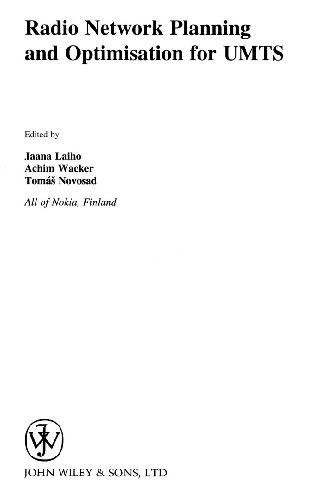

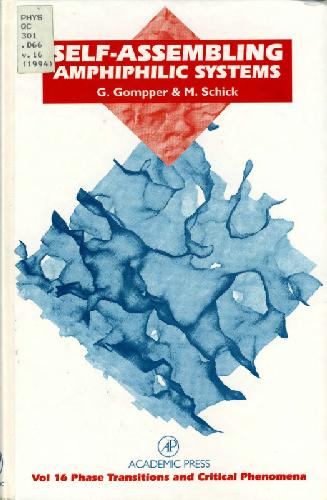
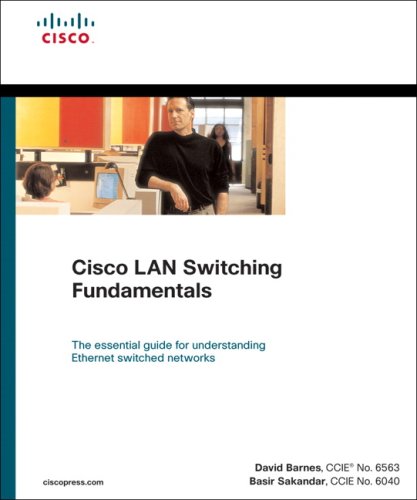
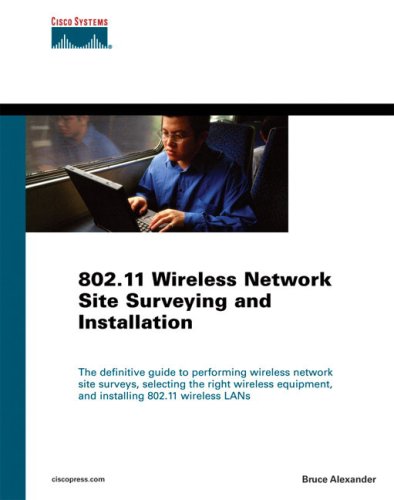
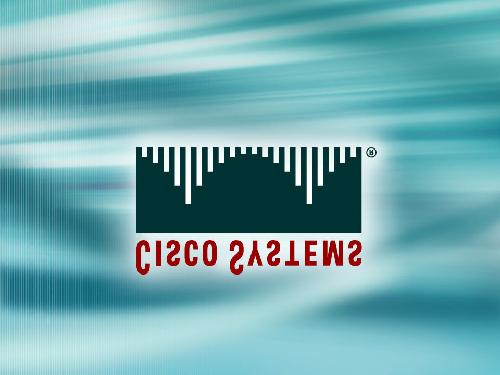
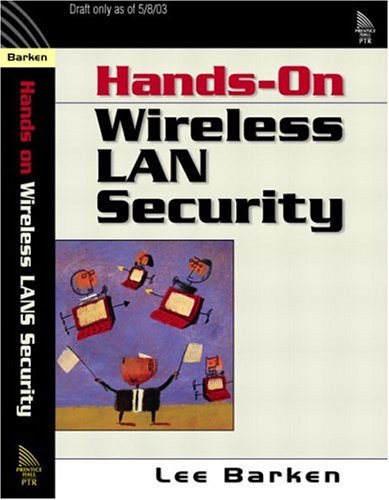
Reviews
There are no reviews yet.